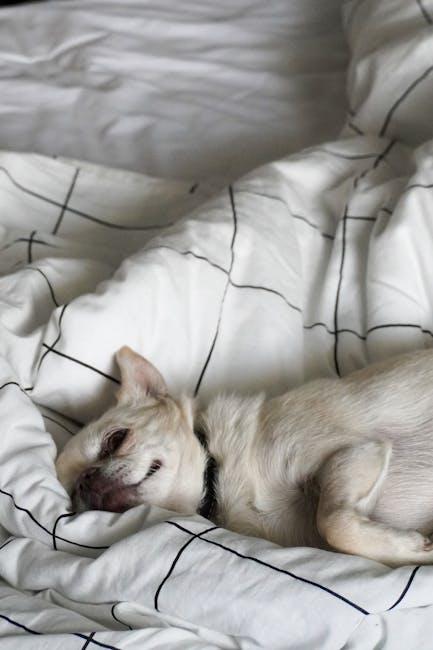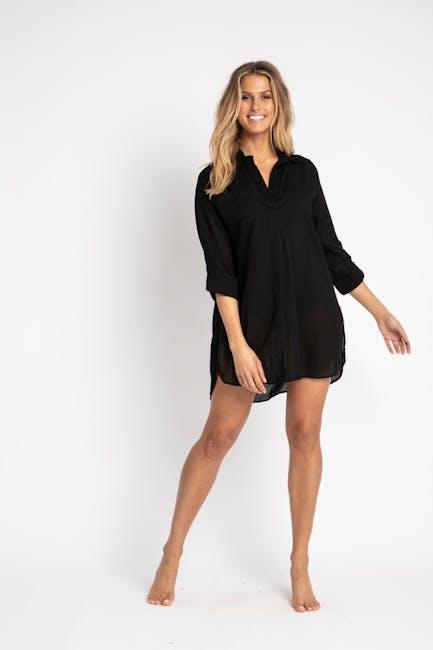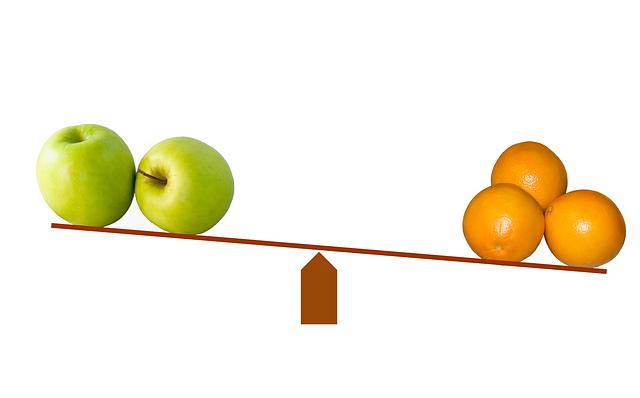In the ever-evolving landscape of enduring living, the choice of bedding has emerged as a significant battleground—a canvas where comfort, aesthetics, and environmental consciousness intersect. As consumers become more mindful of their impact on the planet, the demand for eco-amiable textiles is surging. Two heavyweight contenders have risen to the occasion, vying for supremacy in the realm of sustainable sheets: linen and TENCEL. Each fabric boasts it’s own unique set of attributes, from the natural charm and breathing qualities of linen to the silky smoothness and innovative production of TENCEL. In this article, we delve into the nuances of these two popular options, exploring their origins, benefits, and environmental footprints, to help you make an informed choice in the quest for the perfect sustainable bedding. Join us as we pit linen sheets against TENCEL in a sustainable bedding face-off you won’t wont to miss.
Linen’s Timeless Appeal and Breathability Explored
Linen has been a cherished fabric for centuries, known not only for its luxurious texture but also for its remarkable properties. This natural fiber, derived from the flax plant, offers a unique combination of strength and softness that enhances any sleeping experience. Unlike many synthetic materials, **linen excels in breathability**, making it an ideal choice for warm climates or for those who tend to sleep hot. The open weave structure allows air to circulate, effectively regulating body temperature and keeping you comfy throughout the night. Its moisture-wicking capabilities also mean that it absorbs and evaporates sweat,ensuring a fresh feeling even during those steamy summer nights.
In addition to its functional benefits, **linen boasts a timeless elegance** that adds a touch of sophistication to any bedroom. Available in an array of earthy tones and soft pastels, linen sheets can seamlessly complement a variety of interior styles, from rustic to modern. Over time, linen develops a natural patina, becoming even softer and more beautiful with each wash — a trait that sets it apart from more synthetic competitors. Not only does linen stand the test of time in aesthetics, but its sustainable production process also makes it an environmentally friendly option. Choosing linen contributes to less environmental impact compared to conventional cotton, making it a conscious choice for eco-friendly bedding seekers.

TENCEL’s Innovative fabric Technology and Eco-Friendliness
TENCEL™ offers a remarkable blend of innovative fabric technology and environmental care thru its unique fiber production process. Derived from sustainably sourced wood pulp, primarily from eucalyptus trees, TENCEL™ fibers undergo a closed-loop manufacturing system that recycles water and solvents. This ensures minimal environmental impact while maximizing the efficiency of resource use. Key features of TENCEL™ include:
- Moisture Management: TENCEL™ is highly absorbent, allowing it to wick away moisture from the skin, keeping you cool and pleasant through the night.
- Softness and Smoothness: The fibers are incredibly soft, providing a luxurious feel that enhances sleep quality.
- Biodegradability: Being made from natural materials, TENCEL™ fibers are fully biodegradable, ensuring thay return to the earth without harmful residues.
In addition to being eco-friendly, TENCEL™ fabric possesses inherent benefits that cater to the needs of modern consumers.Its excellent breathability contributes to a healthier sleep environment, while its ability to resist wrinkles and static makes it practical for everyday use. Unlike customary fabrics, TENCEL™ fabrics also undergo a non-toxic dyeing process, further aligning with sustainable practices.
| Feature | TENCEL™ | Linen |
|---|---|---|
| Moisture Management | Excellent | Good |
| Softness | Superior | Moderate |
| Biodegradability | Yes | Yes |
| Wrinkle Resistance | High | Low |

Comparative Durability and Care Requirements for Long-Lasting Use
when it comes to ensuring longevity in bedding materials, both linen and TENCEL have their unique strengths and weaknesses. **Linen**, crafted from the flax plant, is renowned for its durability; it can endure years of washing and usage without showing signs of wear. In contrast, **TENCEL**, derived from sustainably sourced wood pulp, is engineered for a softer feel but still boasts notable durability. Both fabrics are resilient, yet linen tends to develop a charming patina over time, enhancing its character, while TENCEL frequently enough maintains its pristine appearance after multiple washes.
care requirements differ considerably between these two materials, influencing their appeal for potential buyers. **Linen sheets** require a little more attention regarding washing: they should be washed in cold water and can wrinkle easily, which some may find off-putting. However, many appreciate the relaxed, lived-in vibe that comes with the natural creases. On the other hand, **TENCEL sheets** are machine washable on cold settings and resist wrinkling, making them an ideal choice for those who prefer low-maintainance bedding. The decision ultimately hinges on whether one prioritizes the classic beauty of aged linen or the effortless upkeep of TENCEL.
| Feature | Linen | TENCEL |
|---|---|---|
| durability | Highly durable; can last decades | Durable; maintains integrity over time |
| Care | Requires cold wash; prone to wrinkles | Machine washable; low wrinkle resistance |
| Feel | Textured and crisp | Silky smooth and soft |

Choosing the Right Bedding for Your Sleep Style and Preferences
when it comes to selecting bedding that aligns with your personal sleep style, consider the unique qualities of both linen sheets and TENCEL. **Linen**, made from flax fibers, offers a natural, breathable feel that promotes airflow, which is ideal for those who tend to sleep hot.Its textured surface can also provide a bit of weight, giving you a cozy embrace while still maintaining a relaxed vibe. Perfect for lovers of a rustic aesthetic, linen sheets age beautifully, softening with each wash and developing a charming, lived-in look.Conversely, **TENCEL**, derived from sustainably sourced wood pulp, boasts an incredibly soft and smooth texture that mimics silk. This luxurious feel is favored by those who crave an ultra-comfortable sleep experience, especially in cooler climates, as its moisture-wicking properties help regulate body temperature throughout the night.
Before making a choice, it’s beneficial to assess how each material suits your specific sleep preferences:
- Breathability: Linen excels in hot weather; TENCEL maintains a comfortable sleeping environment year-round.
- Softness: TENCEL delivers a super-soft surface, while linen offers a textured yet cozy feel.
- Durability: Linen is known for its strength and can last for years, while TENCEL is durable but may require gentler care.
- Care Requirements: Linen can withstand a bit of rough treatment, while TENCEL benefits from more delicate washing.
| Feature | Linen Sheets | TENCEL |
|---|---|---|
| Eco-Friendliness | Highly sustainable | Sustainably sourced |
| temperature Regulation | Excellent for warm sleepers | Moisture-wicking |
| Aesthetic | Classic, textured look | Sleek and modern |
The Conclusion
As we draw the curtains on this bedding face-off between linen sheets and TENCEL, it’s clear that both materials bring unique advantages to the sustainability landscape of sleep. Linen, with its time-honored charm and natural resilience, offers a tactile experience steeped in tradition. On the other hand, TENCEL shines with its innovative production processes and silky-smooth texture, catering to the eco-conscious sleeper of the modern age.
ultimately,the choice comes down to personal preference,sleep habits,and environmental values. whether you gravitate towards the rustic allure of linen or the modern finesse of TENCEL, embracing sustainable bedding is a step toward a more responsible lifestyle. So, as you make your decision, remember that each fabric tells a story—one of nature, craftsmanship, and our shared commitment to a healthier planet. Sleep well,knowing that your choice is a step toward nurturing ourselves and the world around us.


